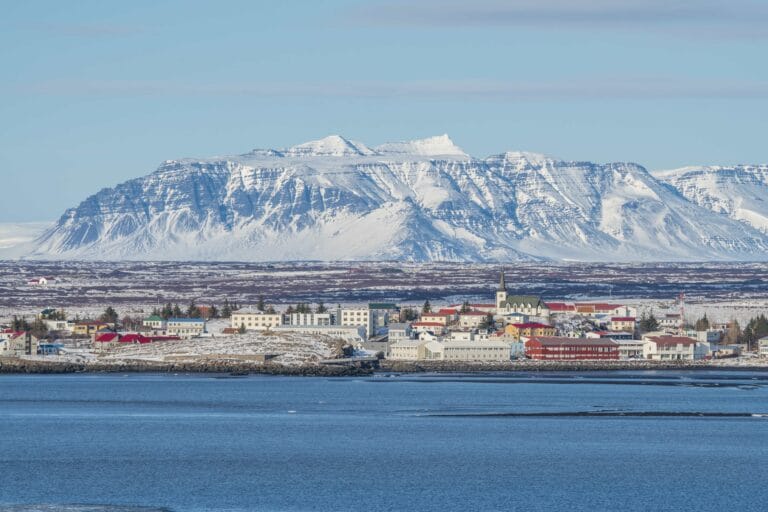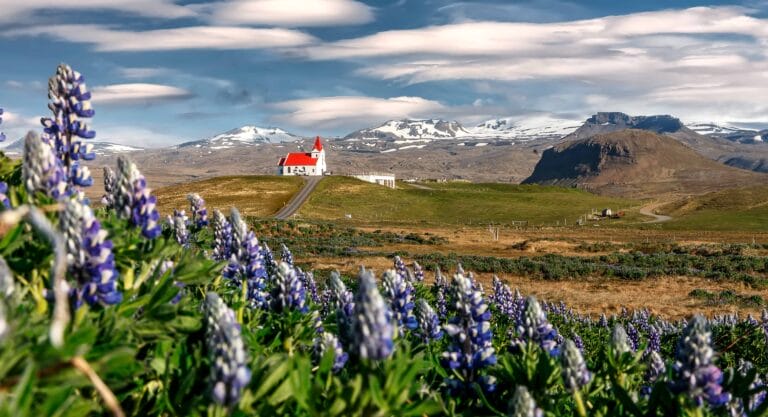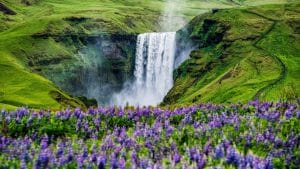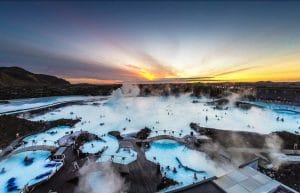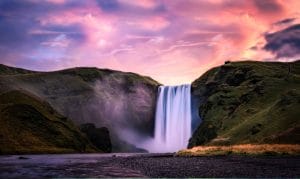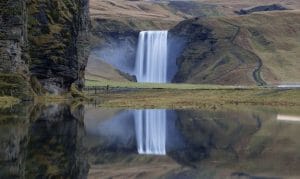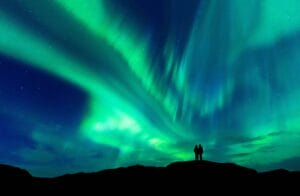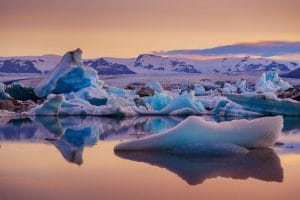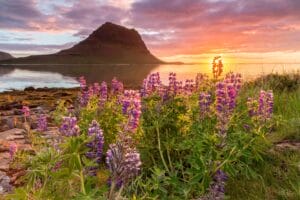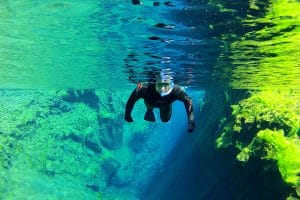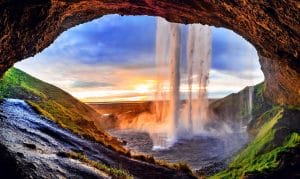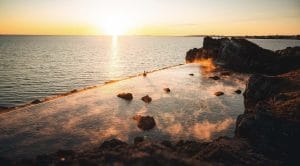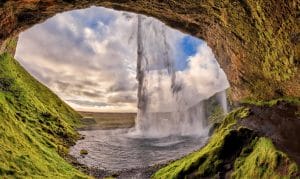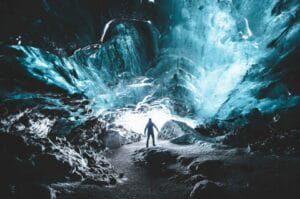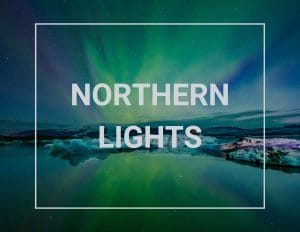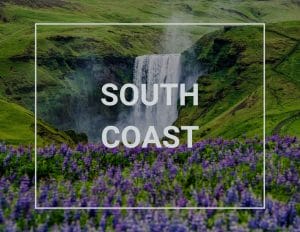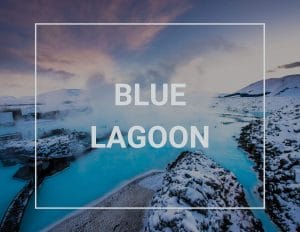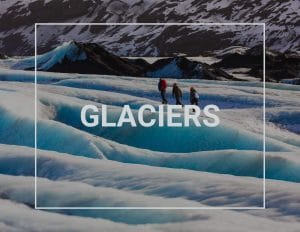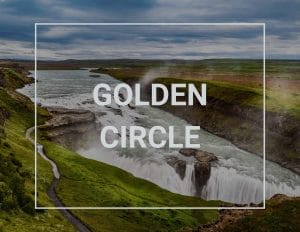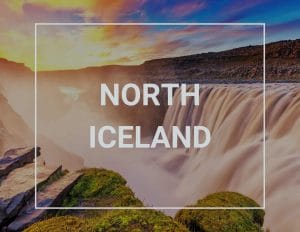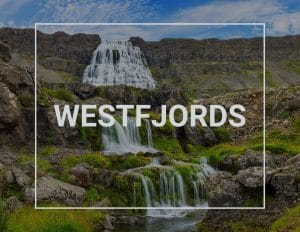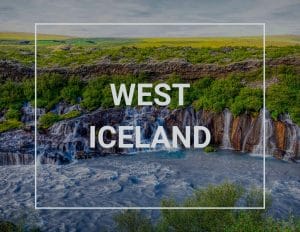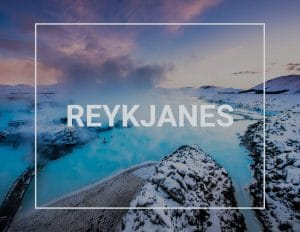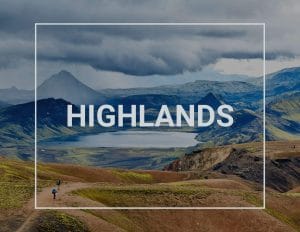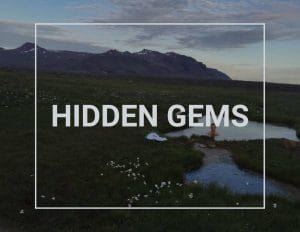Basic Information
Popularly known as the most beautiful attraction of Westfjords, Dynjandi waterfall is the biggest fall in the region. Also known as Fjallfoss, it is the first in a series of 7 waterfalls with a cumulative height of 100m, being 30m wide at the top and 60m wide at the base. While each of the waterfall beneath the main one on top is spectacular on its own, the cumulative effect of the seven falls is impressive and immersive. The sheer volume of water and its sound and power is surreal. Dynjandi in Icelandic means thunderous/resounding and the falls do justice to their name. The step-like composition and the crystal-clear water cascading the falls give the appearance of a beautiful bridal veil.

The Seven Falls of Dynjandi
Anyone who visits Dynjandi is sure to be in awe of its sheer size. The 6 waterfalls below it make up for a total elevated height of some 200m. The names of the sub-tiers in order are Strompgljúfrafoss, Göngumannfoss, Hríðsvaðsfoss, Hundafoss, and Bæjarfoss. Fun fact, all names end with the suffix foss, the Icelandic term for a waterfall. It is possible to walk behind Göngumannfoss (Gongufoss) while on the hike to the top.

Where does Dynjandi Originate?
The original source of the falls can be traced to the river Dynjandisá in the upland which is being fed by melting water from Dynjandisheiði, a mountain plateau with the glacier. This water flows to the falls and other lakes and rivers. Dynjandisá is a runoff river that sees an increase in volume up to 10 times when seasonally flooded during the springtime and winter.

The Hike to the Top
The hiking trail all the way up to the highest peak is quite an adventure. The path is as satisfying as the end as you can stop by all the smaller waterfalls as you move up. From the cark park, you can walk up to the base of the falls. The path is a little rocky with some sections being pretty steep – but overall it is doable by an average person. It takes around 15 minutes to reach the top and the scenic panoramic views get better the further up you go.
A word of caution, it is important to follow the marked paths when hiking. Don’t think about taking shortcuts as there are no guard rails along the falls. Dynjandi is also preserved as a natural protected monument and straying off the path can lead to unforeseen damage to nature around the falls. The paths are there for a reason and it is best to follow them!

How to Get There and Best Time to Visit
Situated between Dynjandisvogur bay and Arnarfjörður Fjord, Dynjandi is approximately 85 km away from the port town of Ísafjörður, with an hour and a half drive via Vestfjarðarvegur. It is located around 355 km from Reykjavík, making for a long 5-hour drive. Navigating around the falls can surely get you wet, and you should carry rain-gear such as waterproof jackets, camera covers, and cleaners to wipe. Wear good walking shoes with non-slip holes to get a good grip when walking on the rocky surface.
The best time to visit Dynjandi is the summer months, from May to October. It is during this time when you can easily spot the falls and reminisce in its majestic beauty. However, it is best to avoid the area during winters. Many roads are closed due to deep snow and frequent avalanches. They can be extremely slippery and dangerous – not suitable for driving or hiking.

Dynjandi on a map
Interesting locations in the area
Locations
Activities
- Hornstrandir Hike
- Dynjandi Day Tour
- Kayaking
Hotels & Restaurants
- Hotel Sandfell
- Harbour Inn
- Tunguskógur
- Tjöruhúsið
- Húsið

